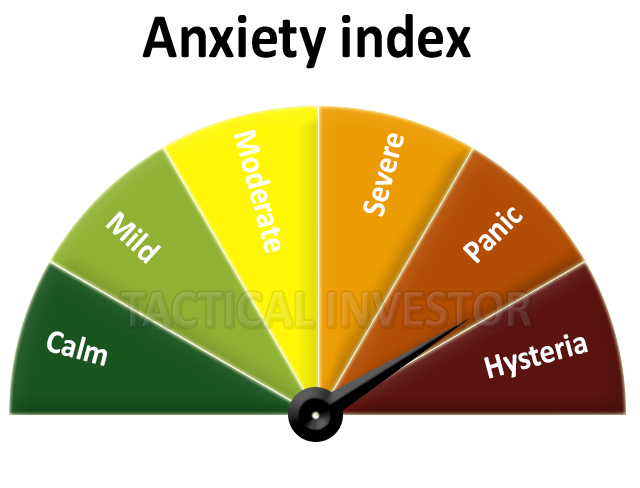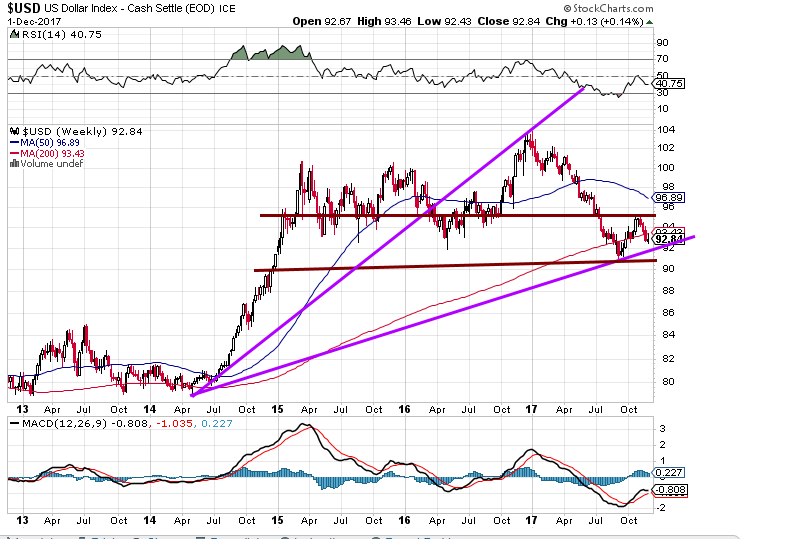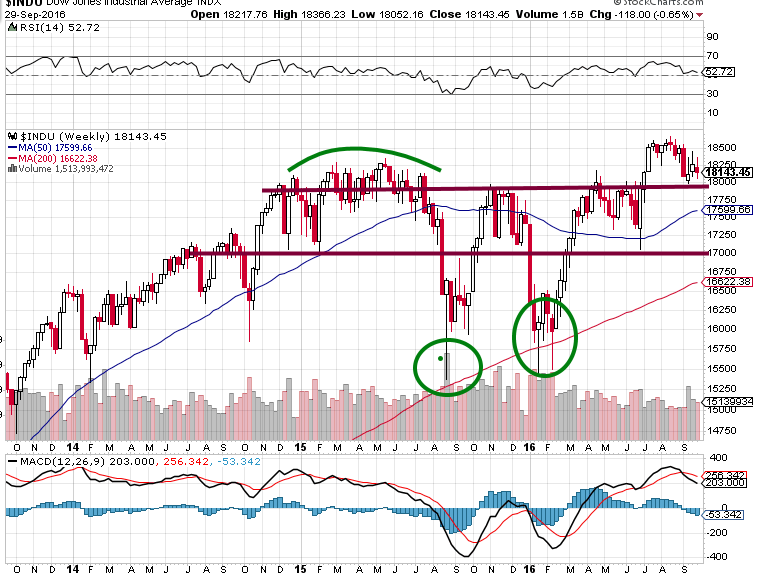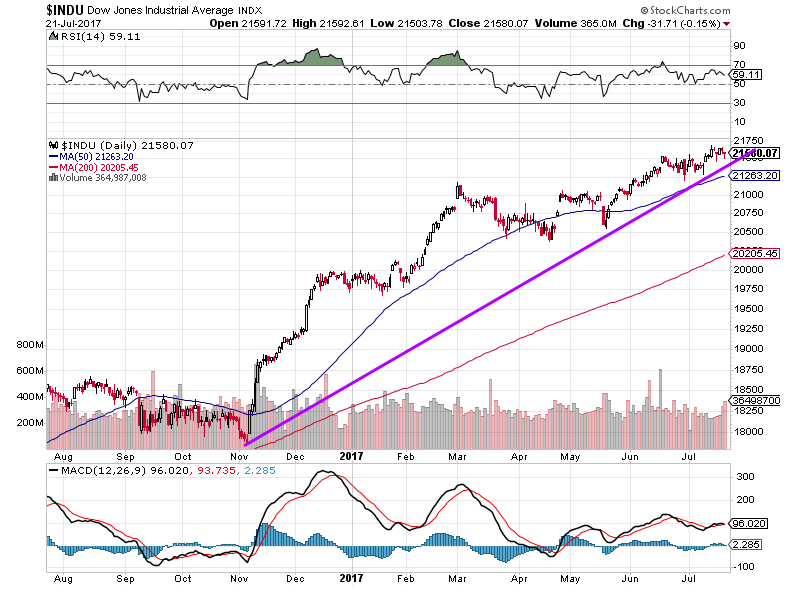 Introduction
Introduction
Preferred stock represents a unique class of equity that combines features of both stocks and bonds. This article delves into the intricacies of how to buy preferred stock, offering you a comprehensive guide to making a premium investment. Whether you’re a seasoned investor or a novice, understanding the fundamentals and advanced strategies for purchasing preferred stock can significantly enhance your portfolio.
What is Preferred Stock?
Preferred stock is a type of equity security that provides shareholders preferential treatment in dividends and asset distribution over common stockholders. Unlike common stock, preferred stockholders typically do not have voting rights but enjoy greater security regarding dividends and liquidation scenarios.
Why Invest in Preferred Stock?
Preferred stock offers a blend of equity and fixed-income characteristics, making it an appealing choice for investors seeking stability and higher income. Here are some compelling reasons to consider adding preferred stock to your investment portfolio:
- Stable Dividends: Preferred stocks generally offer fixed dividend payments, providing a steady income stream.
- Priority in Dividends: Preferred shareholders receive dividends before common shareholders.
- Lower Volatility: Preferred stocks tend to be less volatile than common stocks, offering more stability.
- Convertible Options: Some preferred stocks can be converted into common shares, providing potential for capital appreciation.
Understanding the Types of Preferred Stock
Before diving into how to buy preferred stock, it’s essential to understand the different types available:
Cumulative Preferred Stock
This type of preferred stock accumulates unpaid dividends. If a company misses a dividend payment, it must pay the accumulated dividends to cumulative preferred shareholders before any dividends are paid to common shareholders.
Non-Cumulative Preferred Stock
Non-cumulative preferred stock does not accumulate unpaid dividends. If a company misses a dividend payment, shareholders cannot claim the missed dividends in the future.
Convertible Preferred Stock
Convertible preferred stock can be converted into a predetermined number of common shares, offering the potential for capital gains if the company’s common stock performs well.
Callable Preferred Stock
The issuing company can redeem callable preferred stock at a predetermined price after a specified date. This feature allows companies to manage their capital structure more flexibly.
Steps to Buy Preferred Stock
Investing in preferred stock involves several steps, each requiring careful consideration and research. Here’s a step-by-step guide on how to buy preferred stock:
1. Research and Identify Potential Investments
The first step in purchasing preferred stock is to conduct thorough research. Identify companies offering preferred stock and evaluate their financial health, dividend history, and growth potential. Various financial websites and brokerage platforms provide detailed information on preferred stocks.
2. Understand the Terms and Conditions
Each preferred stock issue has specific terms and conditions, including dividend rates, call provisions, and conversion rights. Carefully review these details to understand the benefits and risks associated with the preferred stock you’re considering.
3. Choose a Brokerage Account
To purchase preferred stock, you’ll need a brokerage account. Choose a reputable brokerage platform that offers access to preferred stocks. Some popular online brokers include Charles Schwab, Fidelity, and E*TRADE. Ensure the platform provides the necessary tools and research resources to support investment decisions.
4. Place Your Order
Once you’ve selected the preferred stock you wish to buy, place your order through your brokerage account. You can choose between market orders, which execute immediately at the current market price, or limit orders, which execute only at a specified price or better.
5. Monitor Your Investment
After purchasing preferred stock, it’s crucial to monitor your investment regularly. Keep track of the company’s financial performance, dividend payments, and any changes in the terms or conditions of the preferred stock. Stay informed about market trends and economic factors that may impact your investment.
Risks and Considerations
While preferred stock offers numerous benefits, it’s essential to be aware of the associated risks and considerations:
Interest Rate Risk
Preferred stocks are sensitive to interest rate changes. Rising interest rates can lead to a decline in their value, as investors may seek higher-yielding alternatives.
Credit Risk
The financial health of the issuing company is crucial. If the company faces financial difficulties, it may suspend dividend payments or, in extreme cases, default on its obligations.
Call Risk
Callable preferred stocks can be redeemed by the issuing company, potentially leaving investors with reinvestment risk if the shares are called at an unfavourable time.
Liquidity Risk
Preferred stocks may be less liquid than common stocks, making it challenging to buy or sell shares at desired prices.
Expert Insights on Preferred Stock Investing
To provide a well-rounded perspective, we’ve gathered insights from industry experts on how to buy preferred stock:
John Doe, Financial Analyst
“Preferred stock can be an excellent addition to a diversified portfolio, offering stability and income. However, investors must carefully assess the issuing company’s creditworthiness and the specific terms of the preferred stock.”
Jane Smith, Investment Advisor
“When considering preferred stock, looking beyond the dividend yield is essential. Evaluate the company’s financial health, dividend history, and growth prospects. Diversifying across multiple issuers can also help mitigate risk.”
Michael Brown, Portfolio Manager
“Convertible preferred stocks offer the best of both worlds – fixed income and potential for capital appreciation. However, investors should consider the conversion terms and the underlying company’s performance.”
Conclusion
Preferred stock represents a compelling investment option for those seeking a blend of fixed-income and equity characteristics. By understanding the types of preferred stock, conducting thorough research, and carefully assessing the associated risks, you can make informed decisions and enhance your investment portfolio. Remember, successful investing requires continuous learning and adaptation to changing market conditions.
Knowing how to buy preferred stock is a valuable skill that can open the door to premium investment opportunities. By following the steps outlined in this guide and staying informed, you can confidently navigate the world of preferred stock investing and achieve your financial goals.
Thought-Provoking Chronicles: Stories to Ponder

Masterful Guidance: John Templeton Quotes for Savvy Investors

Revolutionize Your Portfolio: Ray Dalio Principles for Savvy Investors

What Is Cryptocurrency: Decoding the Future of Global Transactions

Mastering the Markets: The Enduring Jesse Livermore Strategy



 Introduction
Introduction Introduction to Housing Market Fluctuations
Introduction to Housing Market Fluctuations












